7 cleaning rules for a windowless bathroom – tips to keep it fresh and mold-free
These tactics should keep your windowless bathroom feeling airy and inviting

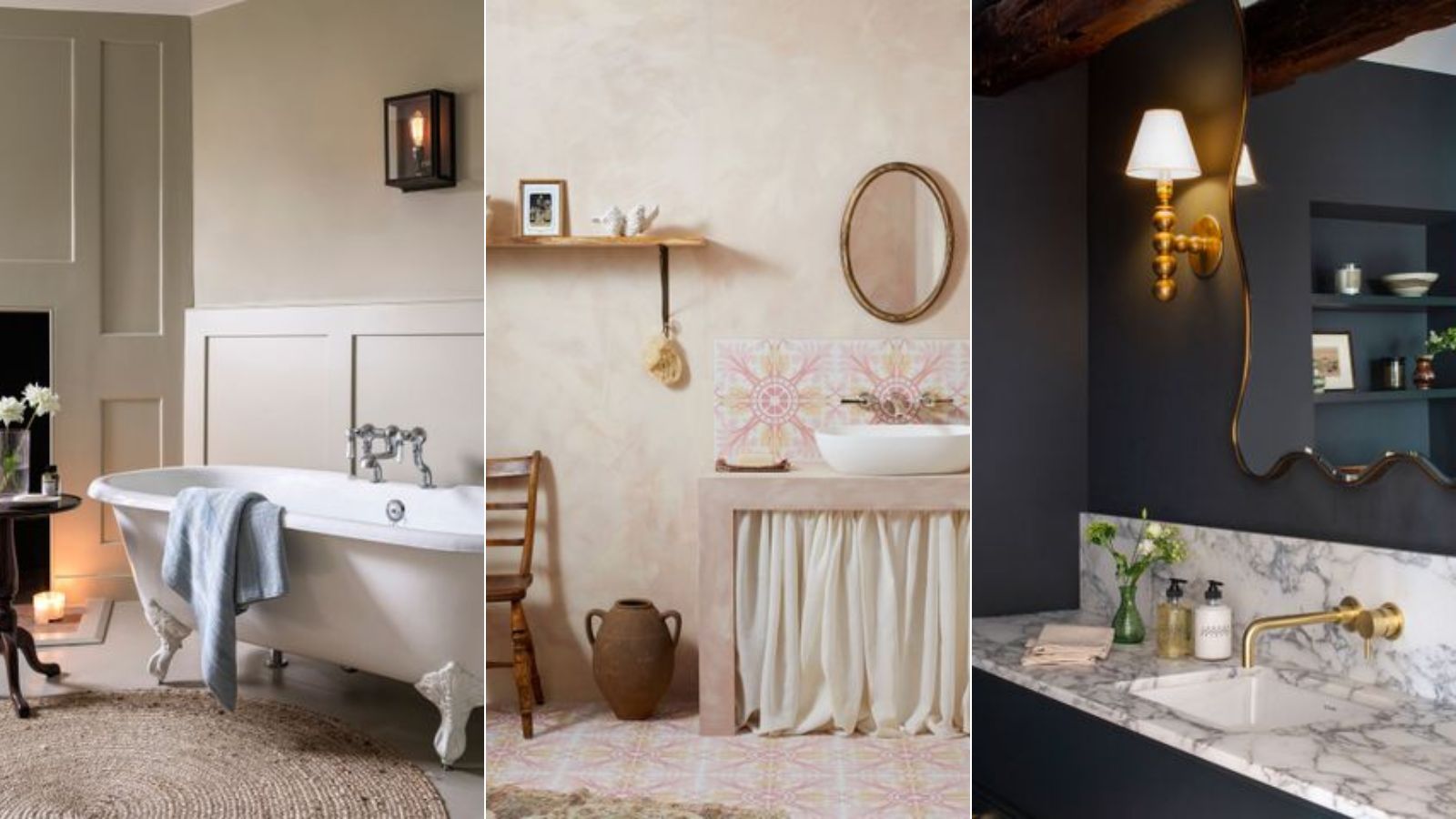
Keeping a windowless bathroom feeling clean and inviting goes beyond finding creative ways to brighten it up – systematic cleaning and can keep this space feeling airy and refreshed and negate some of the drawbacks of a windowless bathroom.
In a windowless bathroom, the low levels of natural light and a lack of ventilation create an atmosphere where the high levels of moisture and fluctuating humidity that are common for bathrooms can quickly lead to the development of bacterial growth and mold development. However, with regular maintenance and these cleaning tips, you can keep your bathroom fresh.
Whether you're dealing with mold, moisture, stale odors or trying to reduce the feeling of stuffiness in your windowless bathroom, these expert bathroom cleaning tips can create a clean and inviting space.
Cleaning rules for a windowless bathroom
Cleaning a windowless bathroom requires diligence and attention to detail, but with these guidelines, you can maintain a hygienic and comfortable space to ensure you can enjoy the same level of freshness in a windowless bathroom as one with a window.
1. Proper ventilation
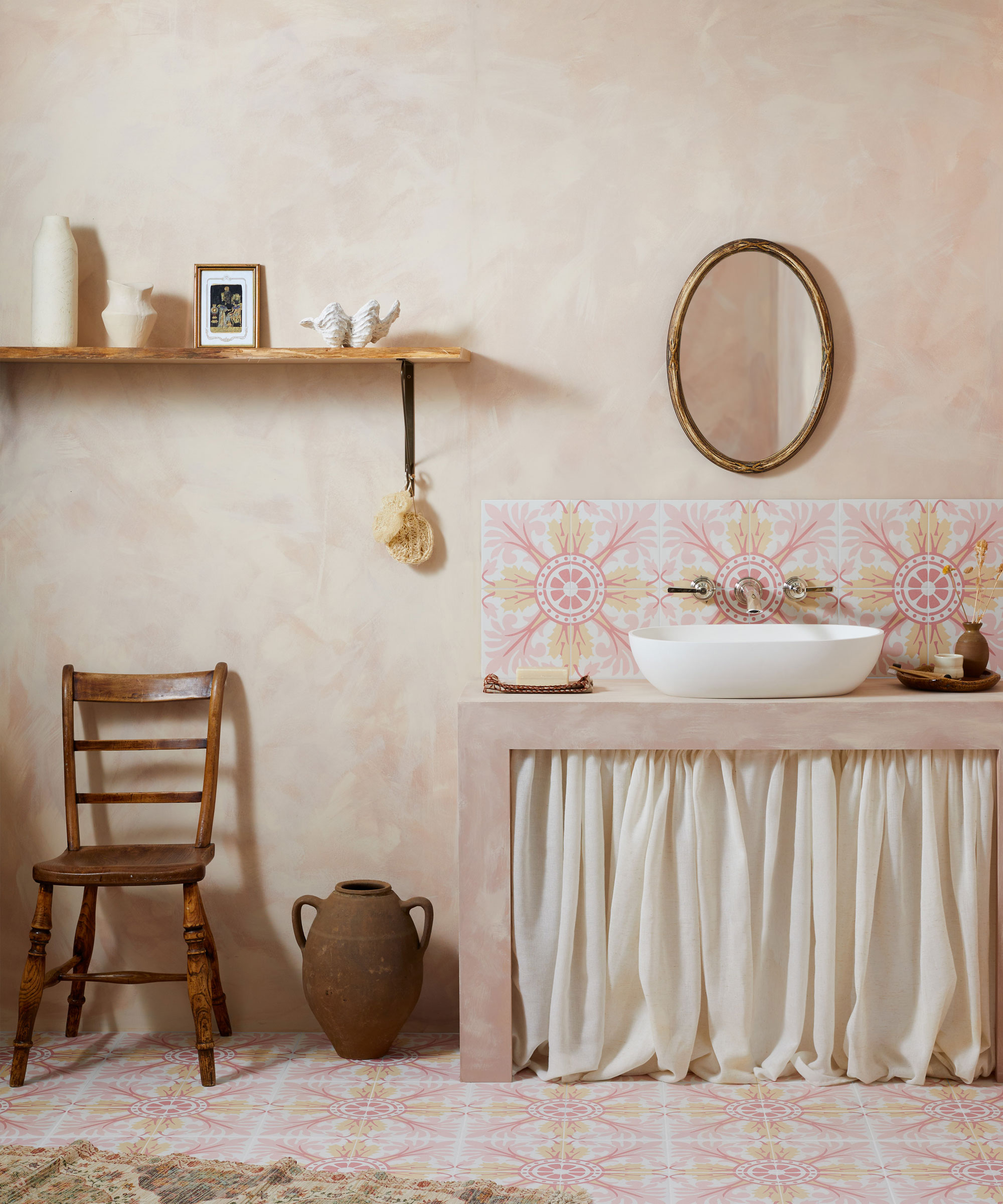
'In a windowless bathroom, moisture can accumulate more easily due to the limited airflow. This trapped moisture can lead to mold and mildew growth, which not only damages surfaces but also poses health risks,' explains Karina Toner, operations Manager at Spekless Cleaning. 'Proper ventilation helps disperse humidity and maintain a healthier, cleaner environment.'
You should air out your bathroom whenever possible by using an exhaust fan to draw in new, clean air to replace the damp air from the area. This is especially important after or during a shower or bath, where humidity levels in your bathroom are higher. Leaving the fan running for a few minutes will help to dry out wetness in your bathroom, reducing the likelihood of mold development.
You can also invest in a dehumidifier to maintain optimal humidity levels. We recommend this SIMSEN dehumidifier, from Amazon. If your bathroom has an air purifier, ensure you change the filter regularly. A clean filter improves air quality and helps to control odors and humidity.
Design expertise in your inbox – from inspiring decorating ideas and beautiful celebrity homes to practical gardening advice and shopping round-ups.
Alternatively, use a fan to help circulate fresh air from open windows elsewhere in your home into your bathroom to reduce humidity.

Karina is the Operations Manager at Spekless Cleaning, a trusted maid service based in Washington D.C. The team has over five years of experience providing top-quality cleaning services for both residential and commercial clients. Karina oversees every aspect of the business, ensuring that every client gets the same top-notch service and a spotless clean every time.
2. Regular cleaning routine
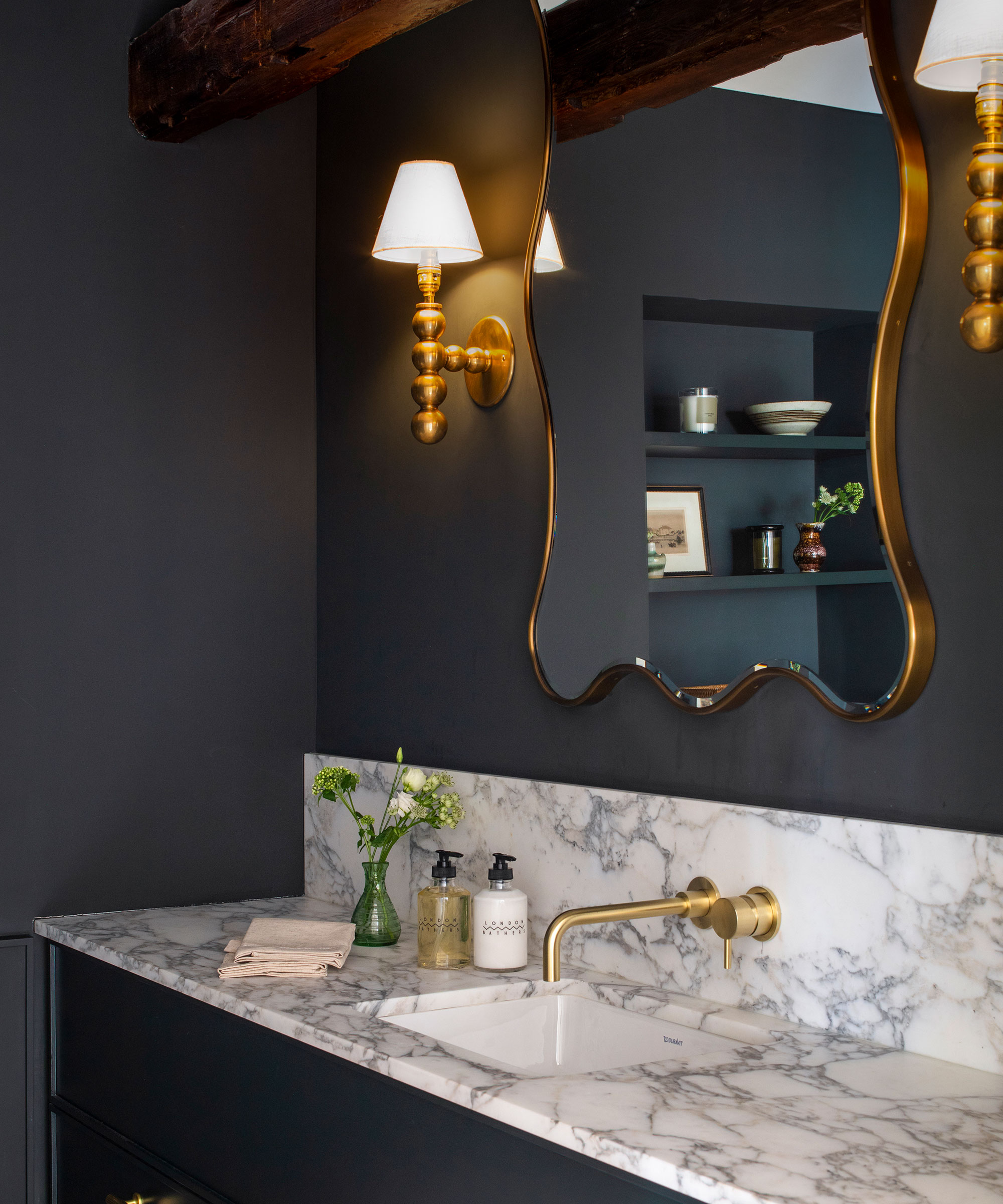
'Maintain a consistent cleaning schedule to prevent soap scum and grime build-up,' advises Muffetta Kruger, cleaning expert and founder of Muffetta’s Domestic Assistants. 'Clean all surfaces, including the sink, toilet, and shower, with an effective bathroom cleaner. Don't forget to disinfect high-touch areas like light switches and doorknobs.'
You should also wipe down walls to prevent the development of mold and mildew. You can do this by spraying them with white vinegar and wiping them with a damp sponge.
'The absence of natural light can also make dust particles more prominent,' explains Karina Toner. 'Regular dusting not only keeps surfaces looking clean but also contributes to improved air quality, making the bathroom a more pleasant and healthier space.'

Muffetta Krueger is a cleaning expert and founder of Muffetta’s Domestic Assistants with over 16 years of operational management experience in the service industry. Muffetta’s Domestic Assistants provides housekeepers, house cleaners and maids, and is based in New York.
3. Mold and mildew prevention
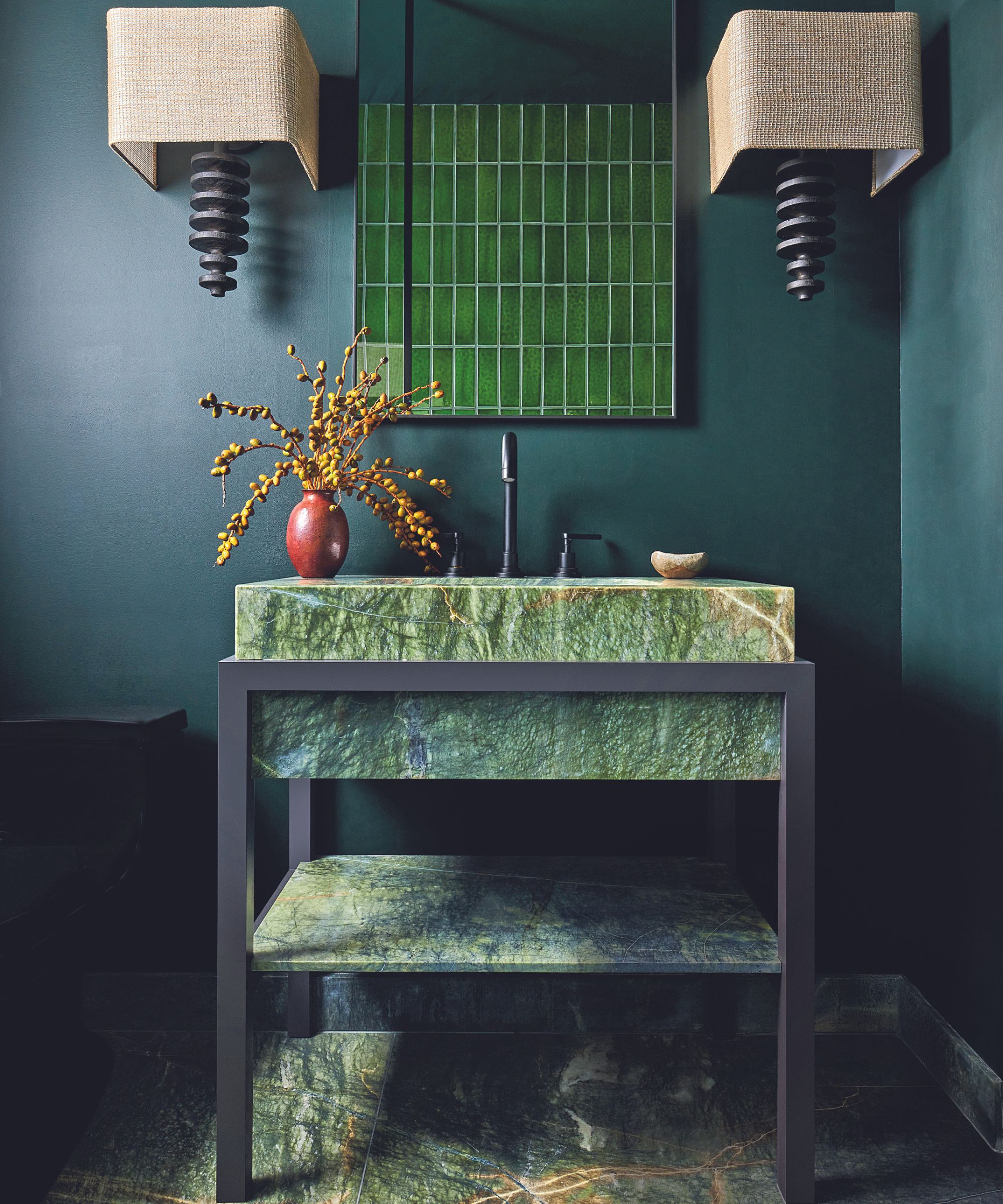
'Mold and mildew thrive in damp environments, making windowless bathrooms vulnerable. Regularly inspect the corners, grout lines, and tiles for any signs of mold,' advises Muffetta Kruger.
If you notice any mold or mildew starting to develop, address it promptly with a suitable mold cleaner. We recommend this CLR mold and mildew spray, from Amazon.
'Use a mildew-resistant paint and clean with a mixture of water and vinegar to prevent their growth,' adds Muffetta Kruger.
Additionally, store your toilet rolls elsewhere to avoid the common bathroom storage habit that presents a toxic mold risk.
4. Moisture control
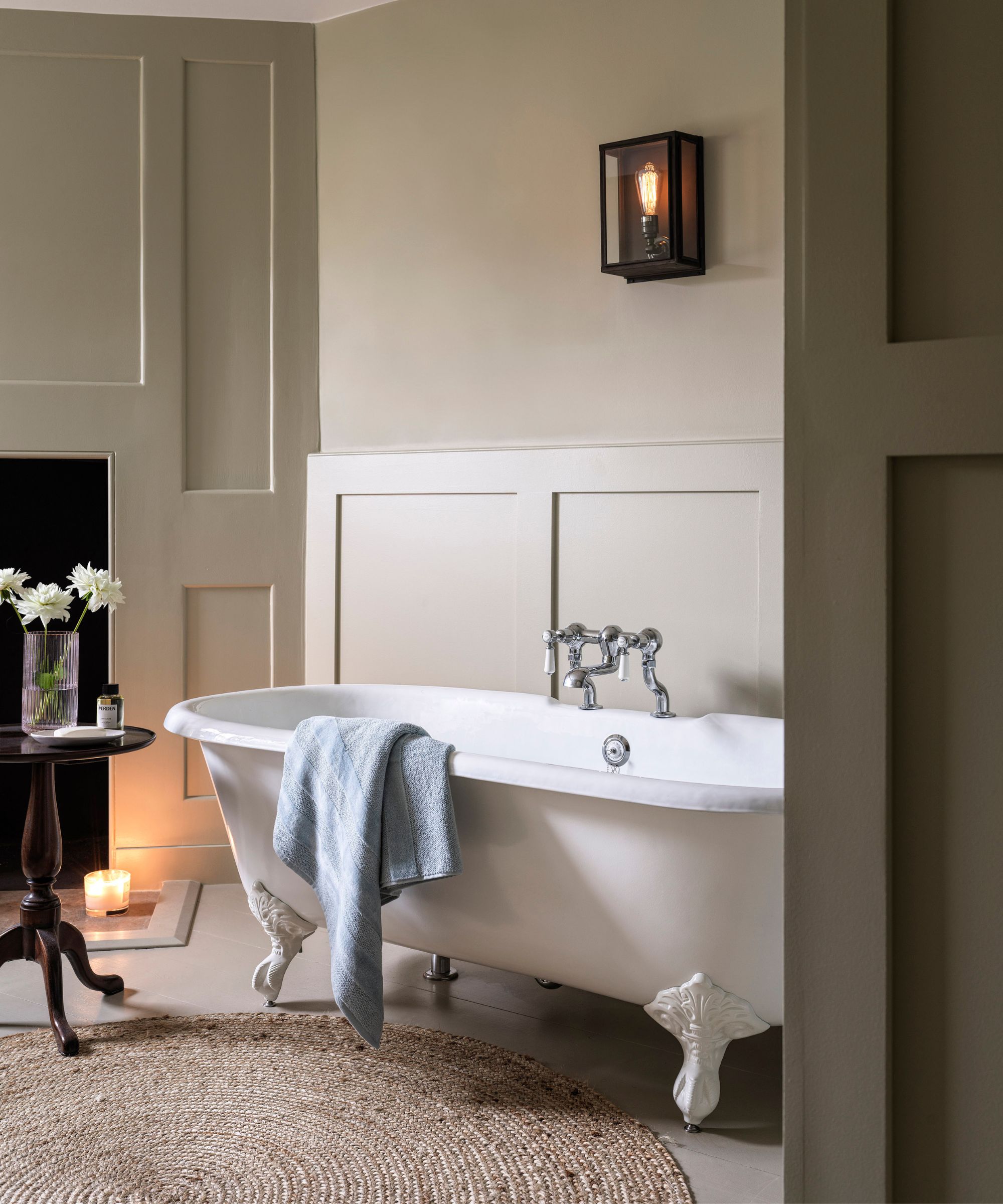
'Moisture tends to linger longer due to limited ventilation. This moisture can lead to slippery surfaces, mold growth, and even water damage over time,' says Karina Toner. 'Making a habit of keeping the bathroom dry after use is essential to maintain safety and hygiene, especially in a space with restricted airflow.
'You might want to consider airing the bathroom out with a fan briefly, immediately after use.'
Kait Schulhof, founder and editor of A Clean Bee recommends, 'If your bathroom doesn't have a window or ceiling vent, then there are other methods you can use to keep moisture to a minimum.
'Keep a squeegee in your shower and commit to using it after every shower! Use it to wipe water from shower walls and even shower floors towards the shower drain. You can do the same thing in a bathtub.
'This habit will minimize mildew growth on your tile and grout, saving you
cleaning time in the long run.'
We recommend this ITTAHO squeegee, from Walmart.
5. Towel maintenance
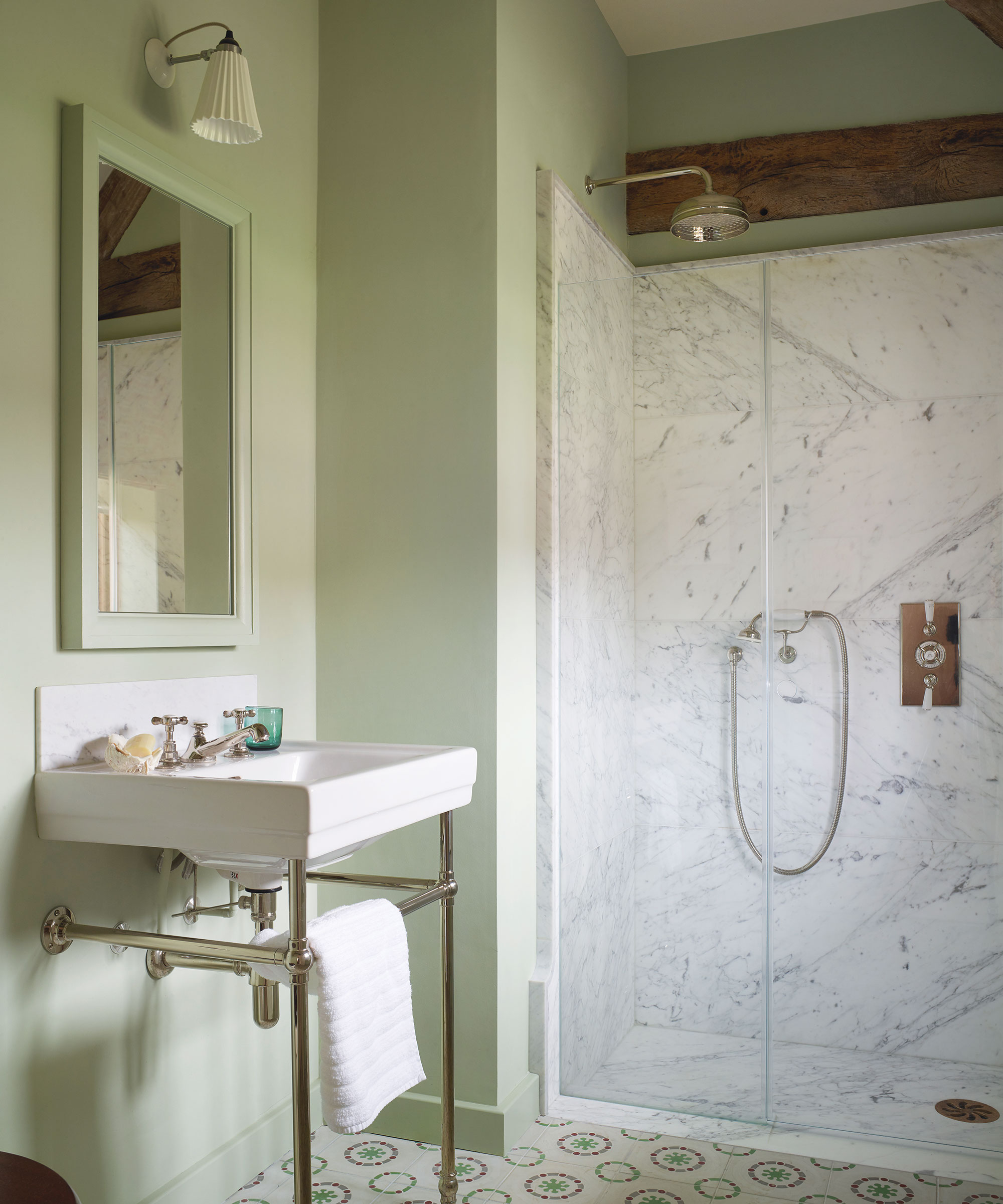
'Ensuring towels dry properly is crucial to prevent mildew and unpleasant odors,' advises Karina Toner. 'Hanging towels on well-spaced hooks allows for better airflow, ensuring they dry efficiently while also saving valuable space.' Don't overcrowd hooks or railings with towels that are damp, since they won't dry properly.
Regularly wash and replace them to avoid unpleasant odors and mildew growth.
'Without airflow or ventilation, standard terrycloth towels will take a long time to dry between uses. Swap thick towels out in favor of thinner, waffle knit cotton towels or Turkish towels that dry quickly,' suggests Kait Schulhof. 'The faster your towel dries, the less likely it will smell like mildew and the longer it will last over time.' We love these waffle towels, from West Elm.
6. Grout and caulk maintenance
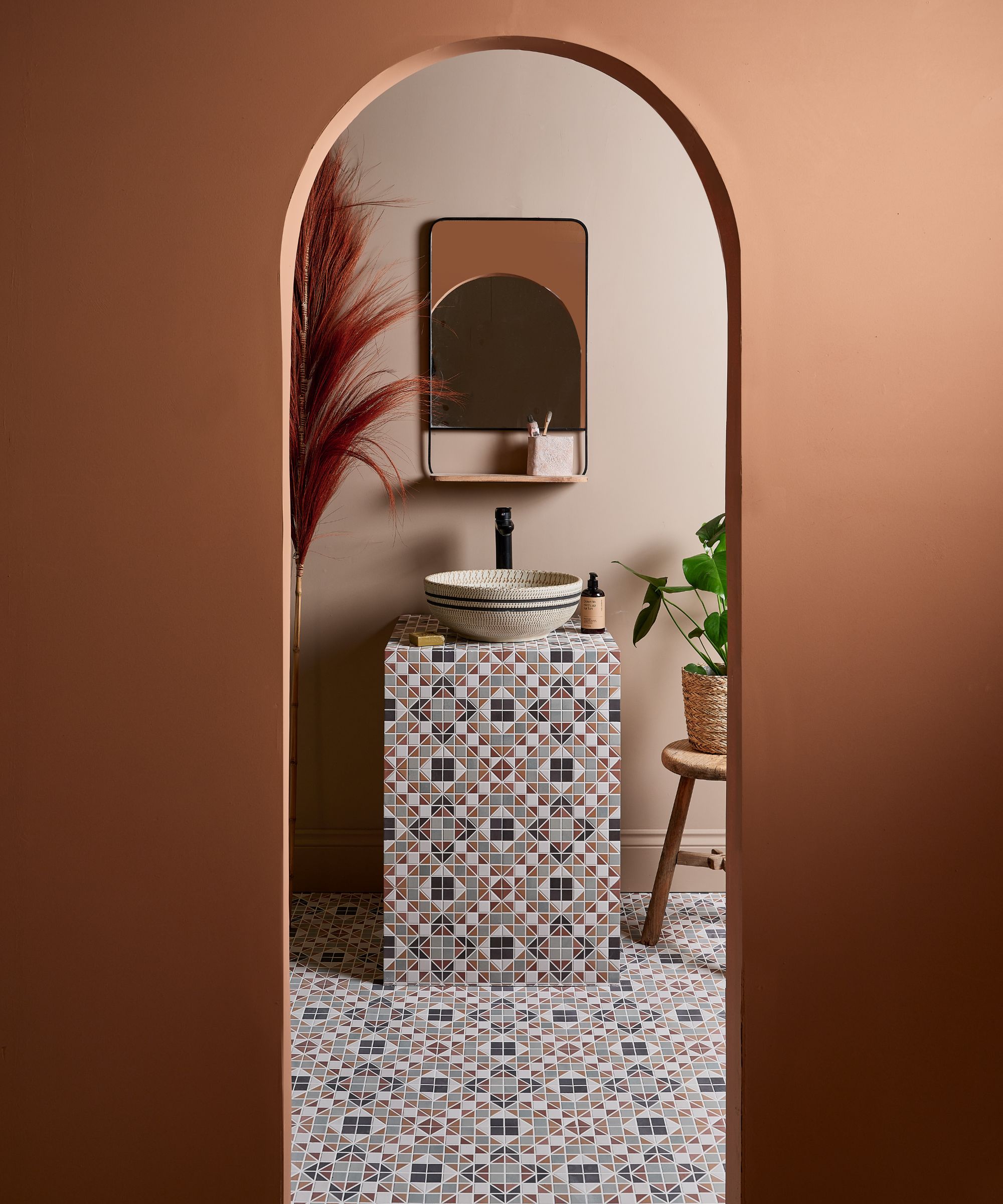
Grout lines in tile work can become dingy and collect dirt over time and easily become spaces where mold will grow.
'Keep grout and caulk lines clean and dry. Inspect for any signs of wear or damage,' advises Angela Rubin, from Hellamaid.
Regularly scrub and reseal the grout to keep it looking fresh and prevent moisture from seeping into the walls.
You can clean grout by mixing half a cup of baking soda, a quarter cup of hydrogen peroxide, and one teaspoon of dish soap. Let this solution sit for ten minutes and the scrub clean.

Hellamaid is an award-winning cleaning company in Canada that's been featured on multiple global media brands.
7. Cleaning products
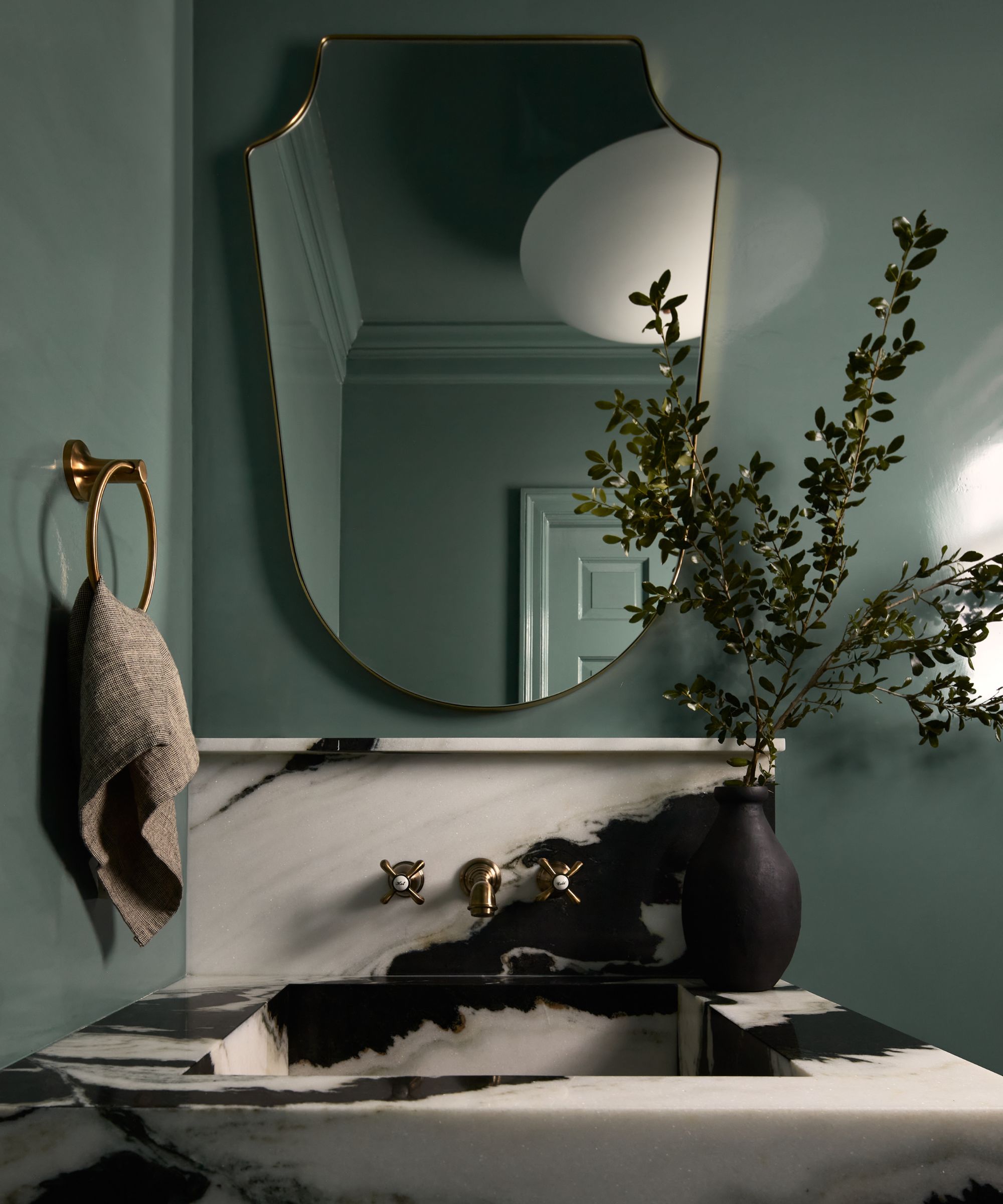
Select cleaning products that are effective in removing soap scum, hard water stains, mold and mildew. Look for bathroom-specific cleaners or make a DIY cleaning solution using one cup of white vinegar, and half a cup of baking soda. After letting it sit for a few minutes, rinse with hot water.
'Select cleaning products that are suitable for your bathroom surfaces. Avoid abrasive cleaners that can damage tiles and fixtures,' advises Muffetta Kruger. 'Opt for non-abrasive, pH-balanced cleaners that are safe and effective for your bathroom materials.'
FAQs
How can you decorate a bathroom to reduce mold development?
'Opt for mold-resistant and easy-to-clean paint for the bathroom walls,' advises cleaning expert at Hellamaid, Angela Rubin.
Mold-resistant paint contains anti-microbial properties that inhibit the development of mold, meaning it won't grow on your bathroom walls.
To create a nice-smelling bathroom and banish stale odors, Muffetta Kruger advises: 'Use natural or non-toxic air fresheners to maintain a pleasant ambiance in your windowless bathroom. Avoid harsh chemical sprays, which can irritate the respiratory system.'
You can also add houseplants that banish condensation to your bathroom to improve bathroom air quality and keep the space fragrant. Choose low-light and humidity-loving houseplants like snake plants or peace lilies to enhance air quality and aesthetics.

Lola Houlton is a news writer for Homes & Gardens. She has been writing content for Future PLC for the past six years, in particular Homes & Gardens, Real Homes and GardeningEtc. She writes on a broad range of subjects, including practical household advice, recipe articles, and product reviews, working closely with experts in their fields to cover everything from heating to home organization through to house plants. Lola is a graduate, who completed her degree in Psychology at the University of Sussex. She has also spent some time working at the BBC.